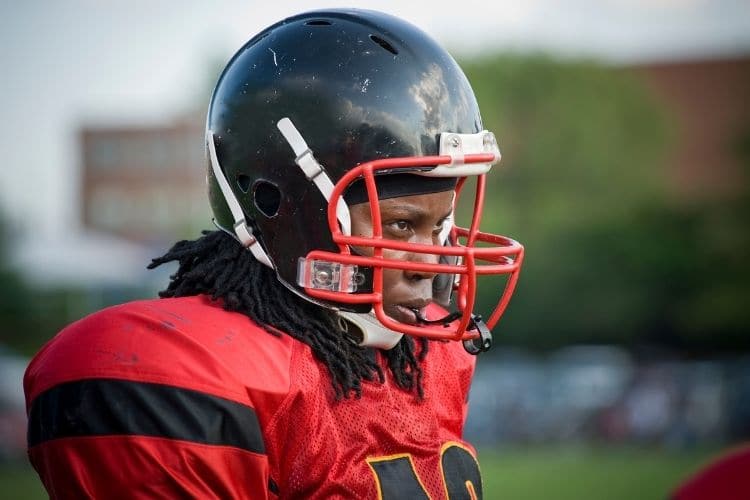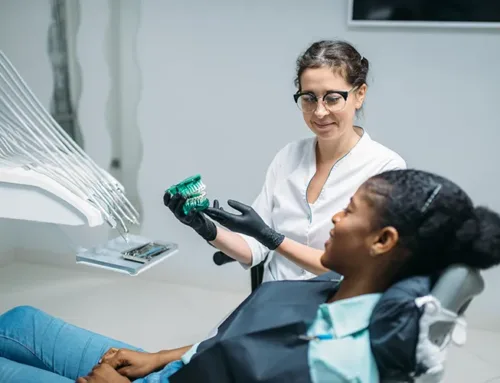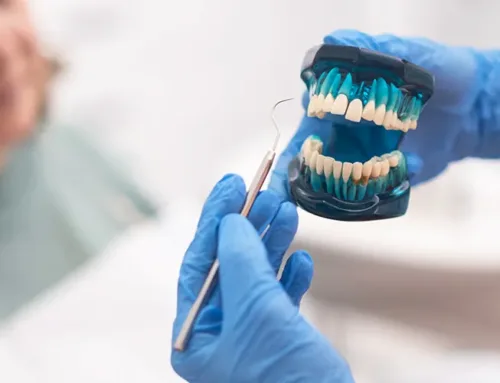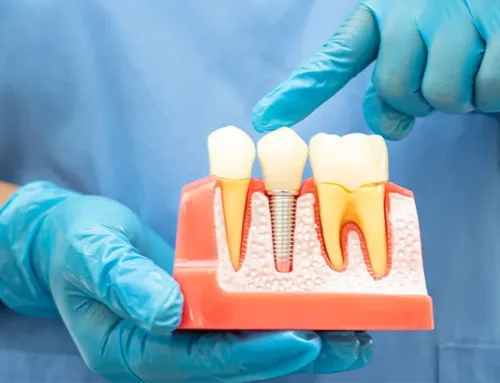6 Benefits of Wearing a Mouthguard for Contact Sports
December 21, 2020
When it comes to playing competitive, high contact sports, dental injuries to athletes who do not wear a mouthguard is all too common. With one-third of all dental injuries coming from contact sports [1], a mouthguard can help significantly reduce both the frequency and severity of these types of injuries.
The Journal of the American Dental Association reports that 13-39% of all dental injuries are sports-related, with 2-18% of these injuries impacting the jaw and face [2].
While many contact sports do require protective equipment such as padding, helmets, and under armor, the best way to prevent dental injuries is with a mouthguard.

Mouthguards & Contact Sports: When to Use Them for Protection
A contact sport is any sporting activity that requires participants to come into bodily contact with one another. In most cases, individuals will come into contact when defending or offensively attacking the other team to score points or prevent the other team from advancing.
We recommend that you wear a mouthguard for the following contact sports:
6 Ways A Mouthguard Can Protect You During Contact Sports
- A direct blow to your face can result in a lot of tooth trauma. Not only can your teeth be completely knocked out, but they can also become dislodged, cracked, chipped, or loosened, resulting in further injuries down the line. A mouthguard provides a cushion to reduce the impact of the blow.
- When your mouth is hit, it must absorb the shock of the impact. Unlike other parts of your body, such as your torso, arms, and legs, the surface area of contact where the blow lands is less. Your mouth is unable to absorb the majority of the shock, increasing the potential for concussion and brain injuries. A mouthguard can reduce the risk of brain injuries by helping to absorb the shock.
- The inner areas of the mouth, such as the inside of your lips, tongue, and inner lining of your cheeks are incredibly soft and will not brace against the impact well. Wearing a mouthguard will protect these areas from unintentional cuts sustained from your teeth.
- A mouthguard is a relatively inexpensive device to purchase, providing long-term cost savings when it comes to dental injuries. Any type of dental injury can be expensive to repair depending on the damage incurred, and may require multiple visits to the dentist. A mouthguard can minimize these dental injuries or prevent them.
- Those who wear orthodontic appliances such as braces will want to wear a mouthguard to prevent bracket damage. This saves a lot of time and money on having these repaired, but more importantly, the mouthguard serves as a barrier between your cheek, lips, and braces. This reduces gum injuries on impact during contact sports.
- When wearing a mouthguard, you reduce the risk of fractures and bone damage to both the lower jaw and the neck. Mouthguards are used as a preventative measure against more serious injuries.
Ready-Made Versus. Custom Made Mouthguards
When looking to purchase a mouthguard, you are going to come across either a ready-made option or a custom-made option. Let’s take a look at the differences between these and what their pros and cons are.
1. Ready-Made or Stock Mouthguards
A stock mouthguard is one that you can buy off the shelf which comes ready to wear. It is pre-formed out of either rubber or polyvinyl and will come with different size options, including small, medium, and large. While these are great as an inexpensive option, their fit cannot be adjusted, they are bulky to wear, will make speaking, and breathing difficult and can easily fall out when the mouth is open. They provide the least protection out of all mouthguard types.
2. Custom Made or Custom-Fit Mouthguards
This type of mouthguard is formed to fit the exact contour of your mouth. It is made out of using a mouth impression or mouth mold which is sent to a dental lab and fabricated out of high-quality material. It provides a comfortable and tight fit. While this option can be expensive to purchase and/or replace, it does not interfere with speech or breathing, covers all of your teeth snugly, and may be covered by dental insurance. It provides the best protection as it can be molded to address certain areas of concern.
3. A Boil & Bite Mouthguard
This one isn’t quite custom-fit but it’s also not a stock option. It can be bought off the shelf, but it needs to be soaked in boiling water to soften it up. Once softened, you place the material in your mouth and bite down to allow the thermoplastic to shape around your teeth. It is cost-effective and can provide a good fit but it will wear out in a short amount of time and can be a bit bulky.
Wrapping It Up
A well-fitted mouthguard is going to cover and protect all of your teeth, cushion the jaw, and provide ample room between the top and bottom sets of teeth. With the ample room and extra cushioning, your teeth aren’t jammed together on impact and frontal blows will be absorbed to help prevent knocked out teeth.
If you or your children are planning to play a contact sport, a mouthguard will help prevent a dental injury that would cause lasting damage.
If you have any questions regarding mouthguards, call us today at (813) 333-1922 to schedule your free consultation.








